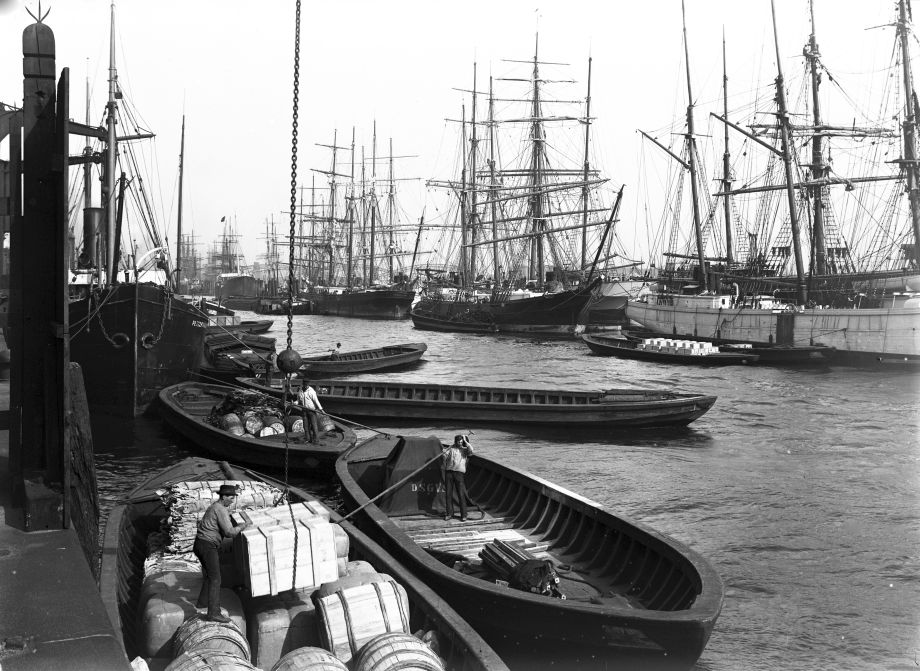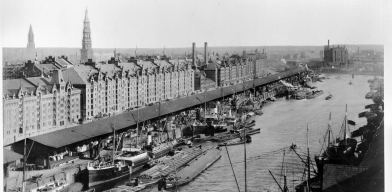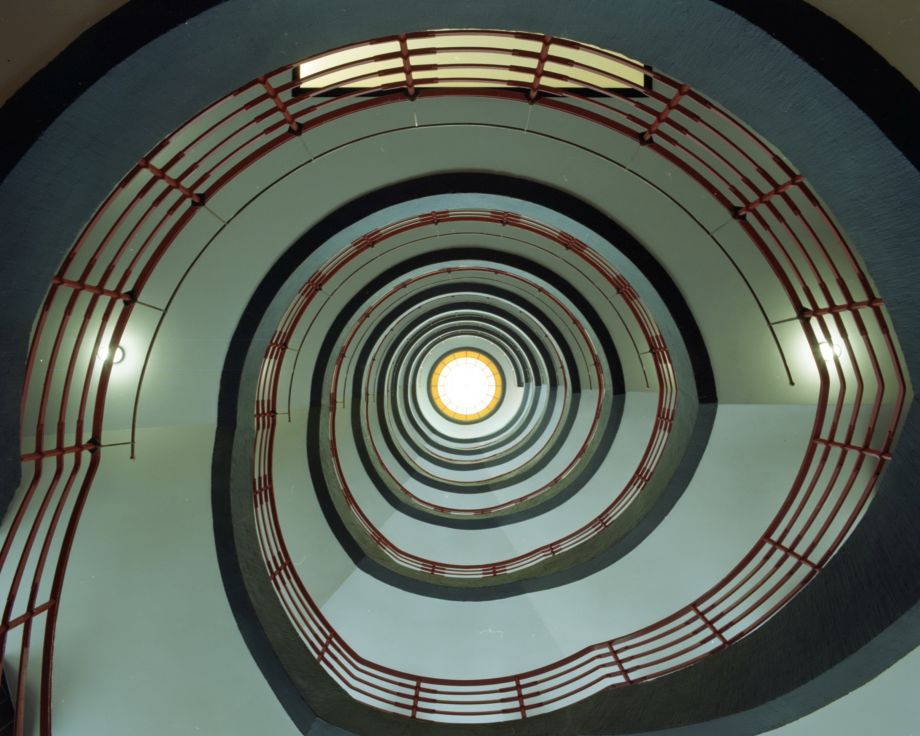In July 2015, the UNESCO World Heritage Committee included the historical warehouse Zone Speicherstadt and Kontorhaus District with Chilehaus into the UNESCO World Heritage List. They form a unique architectural ensemble that has long been an important tourist attraction in Hamburg's city centre. The committee, which comprises 21 UNESCO member states, honoured the extraordinary universal value of the inner-city complexes of warehouses and office buildings from the early 20th century.
The World Heritage Committee based its decision on the belief that the Speicherstadt and the Kontorhaus District are “an outstanding example” of buildings and ensembles which “illustrate significant stages in human history”. The outstanding universal value of the two monofunctional but complementary areas is reflected in Hamburg’s historic warehouse district with its connecting network of roads, canals and bridges dating from 1885 to 1927 and in the modern red-brick architecture of the office building ensembles for port-related use from the 1920s to 1940s.
The Speicherstadt is the world's largest historic warehouse complex. It extends over 26 hectares in the heart of Hamburg’s port and comprises 17 building complexes in the style of Gothic red-brick, with more than 300,000 m2 of storage area. High-value goods such as coffee, tea, cocoa, spices, tobacco, and, in recent decades, oriental carpets, have been stored behind the thick walls of these warehouses. In addition to its architectural highlights, tourism venues such as the Hamburg Dungeon, the Speicherstadtmuseum and the Miniatur Wunderland – the world's largest miniature railway – make the Speicherstadt one of Hamburg’s tourism hotspots.
Situated just opposite, the Kontorhaus District in the south of Hamburg's old town went down in architectural history as Continental Europe’s first business district. The ensemble is built in the 1920s and 1930s under the baton of Fritz Schumacher. The Chilehaus, which is reminiscent of a ship's bow, represents the most significant artistic and architectural achievement of German Brick Expressionism. It strongly influenced brick architecture of the 1920s and 1930s in Northern Europe and is also one of Germany’s first high-rise buildings.
Download Press Release Ministry of Culture Hamburg (05 July 2015)
Download Fact Sheet Speicherstadt and Kontorhausviertel (05 July 2015)
Further Information
To learn more, please visit
Gallery Speicherstadt yesterday and today - HHLA
The recent history of Speicherstadt
Tourist attractions and special offers
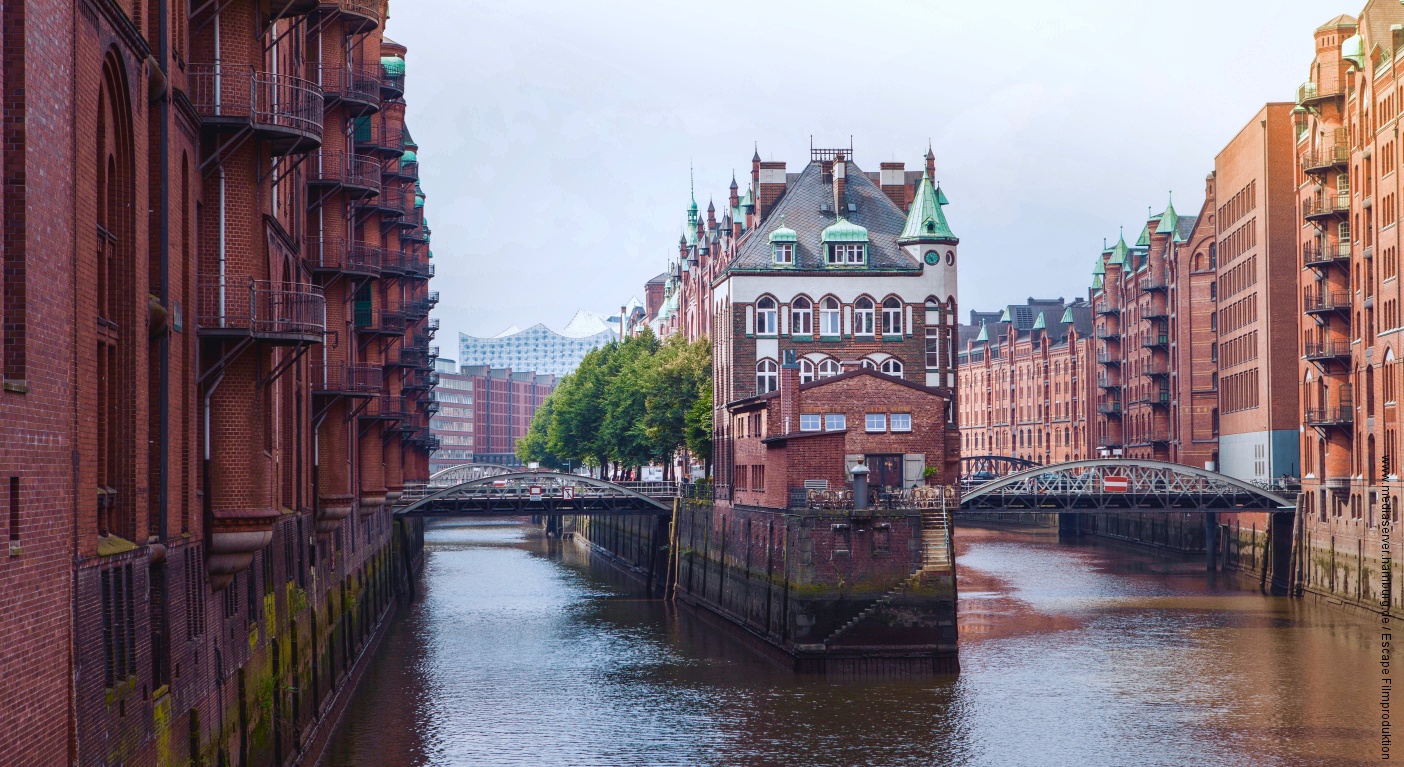

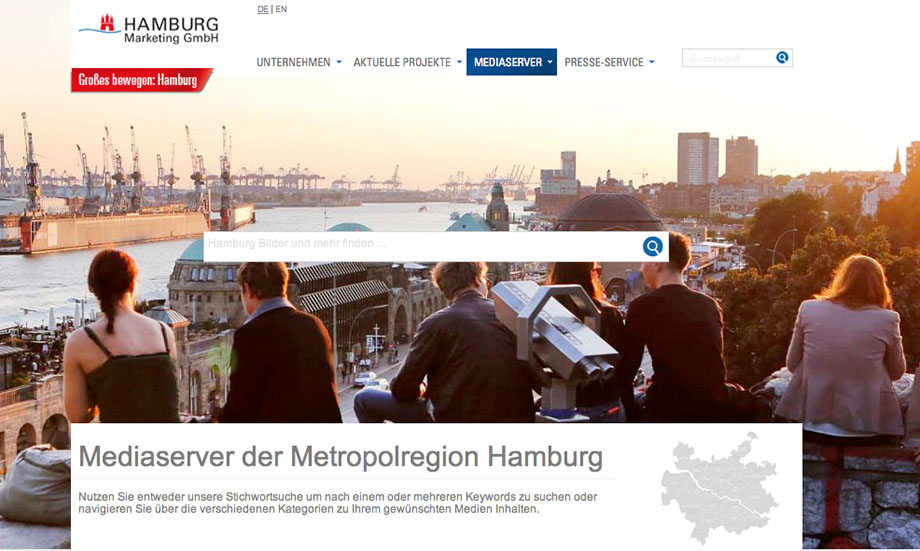

2_Speicherstadt.jpg)
